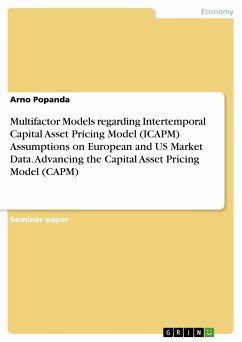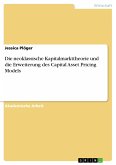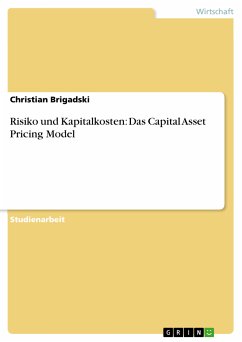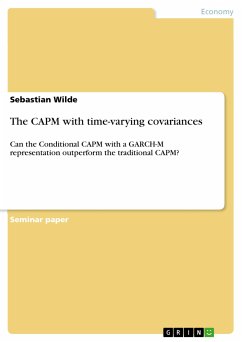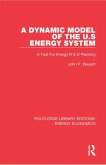Seminar paper from the year 2018 in the subject Economics - Finance, grade: 1.7, University of Duisburg-Essen (Faculty of Business and Economics), language: English, abstract: The Capital Asset Pricing Model (CAPM), which is developed by Harry Markowitz, lacks on empirical validation and is not economically fully plausible. By only considering a single period within the CAPM, Merton tried to improve the model by implementing different intertemporal assumptions. This paper focuses on the analysis, if the lack of the CAPM can be improved by using the assumptions of the ICAPM and if the eight investigated models are in the sense of Merton's assumptions. The first chapter reviews a short explanation of the classical CAPM and his critics, followed by Merton's intertemporal CAPM and his assumptions in the next chapter. Additionally, there were models developed, trying to be economically plausible by considering the ICAPM main assumptions, which are presented in the second chapter. A different way to develop an empirical better fitting CAPM is by using empirical motivated state variables. Fama & French started to take this approach by developing the three-factor-model (FF3). A lot of researchers were influenced by the FF3 and made their own version of a multifactor model by implementing variables. Even Fama & French enhanced their three-factor-model by adding further variables. In the third section there is the forecasting power of the four ICAPM models and the four empirical motivated multifactor models on the US market data and on the European market data compared. Then follows an examination if these models can be determined in the sense of the ICAPM restrictions. The last chapter concludes the results.
Dieser Download kann aus rechtlichen Gründen nur mit Rechnungsadresse in A, B, BG, CY, CZ, D, DK, EW, E, FIN, F, GR, HR, H, IRL, I, LT, L, LR, M, NL, PL, P, R, S, SLO, SK ausgeliefert werden.

